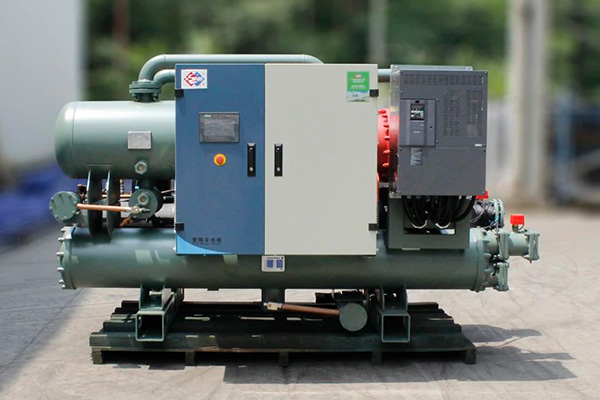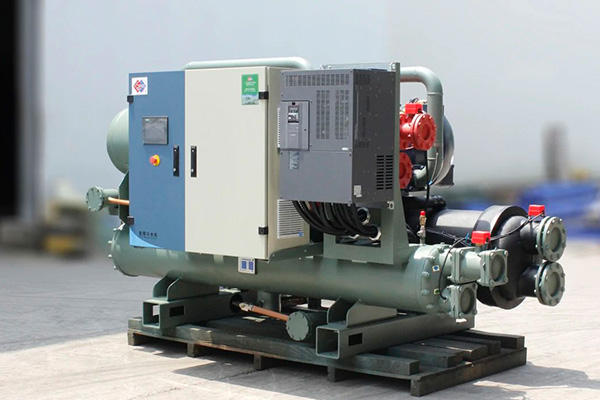In the HVAC industry, heat recovery chillers are highly regarded for their energy-efficient properties. H.Stars has set a new benchmark by enhancing the coefficient of performance (COP) of its heat recovery chiller units to an impressive 6.0. This achievement reflects significant progress in energy utilization efficiency. Here’s how H.Stars achieved this feat.


Key Innovations in Reaching a COP of 6.0
1. Advanced Variable Frequency speed drive Compression Technology
H.Stars uses cutting-edge variable frequency speed drive compressor technology, which adjusts operational frequency based on actual load demands. This adaptability prevents the frequent on-off cycling common in traditional compressors under partial load conditions, greatly enhancing operational efficiency. As a result, the chiller maintains a high COP across varying load conditions, ensuring optimal energy use.2. Optimized Heat Recovery System Design
The design of the heat recovery system is crucial in enhancing COP. H.Stars’ chiller effectively recovers waste heat generated by the compressor during the refrigeration process and repurposes it for preheating domestic water or other process water, reducing the need for additional heat sources. This strategic heat recycling plays a significant role in achieving the 6.0 COP.3. Intelligent Control System for Precision Efficiency
H.Stars' heat recovery chillers come equipped with a sophisticated control system that continuously monitors and adjusts refrigerant flow, temperature, and pressure. This real-time optimization ensures the unit operates in peak condition, reducing energy consumption while maintaining stability and reliability—a major factor in achieving a high COP.4. High-Quality Materials and Manufacturing
H.Stars emphasizes the importance of materials and manufacturing in efficiency. By utilizing materials with high thermal conductivity and corrosion resistance, and applying meticulous manufacturing processes, they minimize heat loss and lower maintenance costs, further boosting the unit’s COP.
评论
发表评论